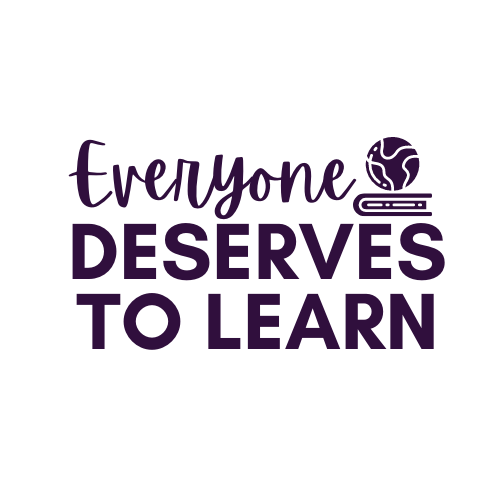Teaching Kids to Rhyme
You and I grew up with our moms singing nursery rhymes- Humpty Dumpty, Jack and Jill, and Little Miss Muffett. For us, rhyming comes naturally and doesn't require much strenuous thought. Even slant rhyme comes easily to people who have grown up immersed in rhyme.
Starting in Kindergarten, the Common Core expects students to recognize and produce rhyming words. (RF.K.2A) But what can we do about the students who didn't grow up with nursery rhymes, or whose nursery rhymes were proverbs or folk tales, and didn't rhyme at all? What about ESL students who speak languages in which there is no equivalent translation for "rhyme?" I've got some ideas to help you- read on!
Starting in Kindergarten, the Common Core expects students to recognize and produce rhyming words. (RF.K.2A) But what can we do about the students who didn't grow up with nursery rhymes, or whose nursery rhymes were proverbs or folk tales, and didn't rhyme at all? What about ESL students who speak languages in which there is no equivalent translation for "rhyme?" I've got some ideas to help you- read on!
1. Expose and immerse
We all read read-alouds in our classroom, so from day one, point out words that sound the same. Over-enunciate for your listening learners and color-code for your visual learners. Walk down the hallway or enter the room to a chant. Put up a bulletin board with word families and add to it throughout the year.
2. Narrow your focus
Pick a book like "Hop on Pop," or "One Fish Two Fish," something with a great rhyme scheme. But don't read the whole book! Pick the page with the word family you want to work on, such as "at" "ish" or "op". Stick with that sound family until your students are ready to move on.
3. Recognize that some words sound the same
Provide copies for each student, re-copy onto an easel, or project the page on your SmartBoard. Read the page a few times: once by yourself, once as an echo-read, once as a choral read, then ask for volunteers. (We're building fluency and prosody skills, too!) Highlight or point out two of the rhyming words, and ask students what the words have in common.
4. Identify in context
Once students identify the pattern (same ending sound), create a chant or a cheer to highlight the sound. For example, if I were using this page from One Fish, Two Fish, I would teach the kids to clap each time I land on a rhyming word. I might leave some words out of my highlighting, and ask them to search for the word I missed.
5. Produce independently
I would give each student an index card with -ook on it, and we would go through the alphabet trying all kinds of combinations. In my room, it sounds like this: "A-ook, not a word. B-ook, book- that's a word!" (Think about your pattern before you start!!!) Once we've generated a list of rhyming words with our sound family, I'd ask my students to create a rhyme. You can give them a sentence frame like this to fill in if you need to:
I see a _______
I like to ______
She eats a ____
He has a _____
5. Stick with the pattern
Keep practicing with the same word family. For students in your class who aren't exposed to rhyme at home, the repetition of one sound family is going to be crucial! Sometimes students will understand that top, mop, and stop sound the same, but cannot understand that wish, fish, and dish rhyme as well. It's important for them to grasp the concept that words can rhyme. Starting with one family will give them the foundation they need to make connections with other word families down the line.
6. Practice makes good
If you're looking for rhyming homework, morning work, or center work, try these great units from some of my friends!







